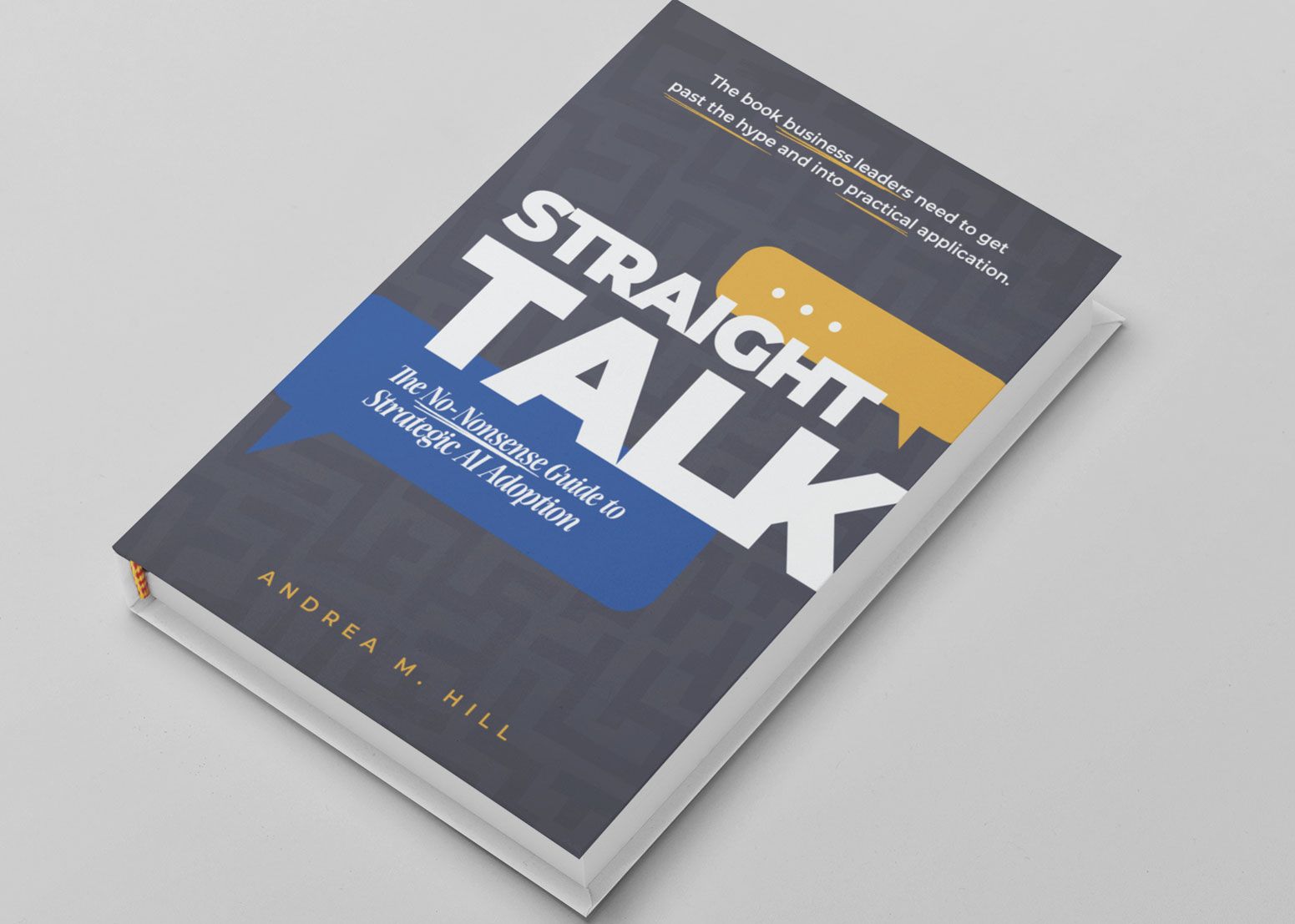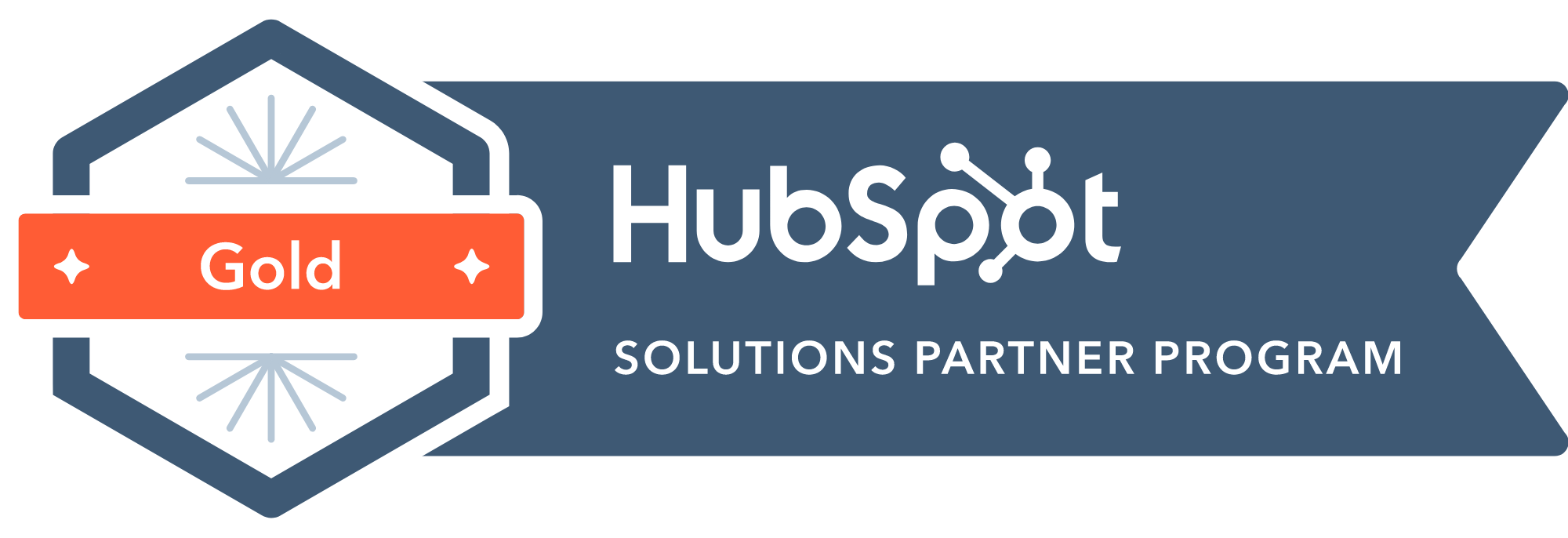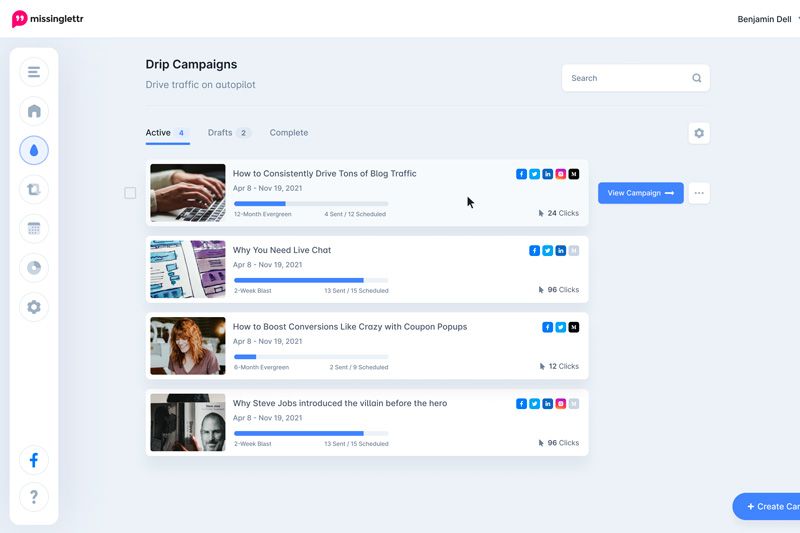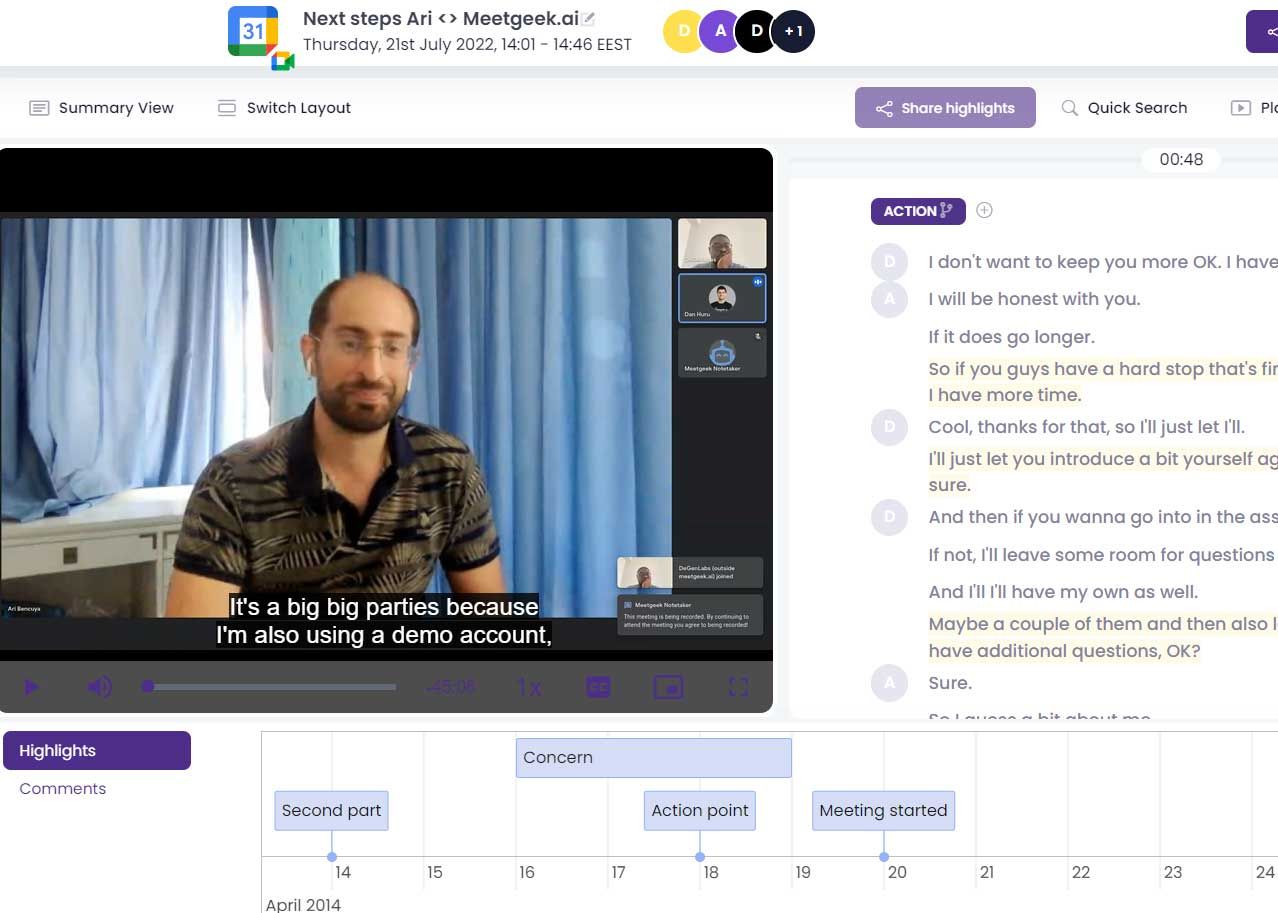Today we’re going to talk about how to think. Wait. Before you reject this post immediately, consider this: You’re probably not very good at thinking. Most people aren’t.
Here’s what most of us are good at: Reacting, daydreaming, denying, endorsing, commiserating, fortifying, arguing, wishing, and sometimes even wondering. But thinking? That’s an entirely different category of brain activity.
It all starts when we’re very young. If you’ve recently watched a toddler play, you know that many of their ideas involve physical risk. They spend a lot of time thinking, and much of that thinking leads to being told “no!” When that’s not happening, well-meaning adults are stepping in to show them how things are done, or discouraging them from trying to put round parts in square holes. Fast-forward to elementary school. Children aren’t taught to think so much as they are taught to memorize and follow instructions. In fact, children who are active thinkers are often viewed as disruptive or disrespectful; thinking leads to questioning, and questioning takes time away from planned curriculum. If a young adult pursues a liberal arts degree and takes some classes like comparative literature, comparative religion, or philosophy, there’s a good chance they learn about thinking in those classes. But unless the professor knows to put vocabulary to what they are doing (the mechanics of thinking), students often find these experiences confusing and even frustrating. After all, they’ve spent the previous 18 years doing rather than thinking. Then they graduate and get a job, where in all likelihood they are told what to do and how it will be measured. Unless management is particularly secure or enlightened, thinking isn’t exactly promoted.
But now you own a business, and you must be able to think. You need to reach into your own brain and conjure up insights, ideas, and solutions that you did not know were there. How do you do that?
There are as many ways to think as there are thinking individuals (which is, not as many as the world would presumably benefit from). But we can apply a loose framework to thinking, a framework you can adapt to your own particular style.
Let’s start with remembering to think. This may sound silly, but most people leap from thought to action without any analysis in-between.
- When you hear a new piece of information, do you question it?
- When you realize you may not be able to keep up with orders in the next few months and think, “I better hire someone fast!” do you then challenge yourself by asking, “Before I run that want ad – why do I assume that’s the right action to take?”
- Do you schedule time to test the way you do things and see if there is a better way?
On the one hand, using past experience and muscle memory are good things; if we had to start every task by rethinking it we would never get anything done. On the other hand, our thoughts are made up of a hearty stew of good, bad, and mis- information. The most effective people spend their lives trying to achieve a good balance of move-along and think-about-it. What is your balance?
In addition to the need to remember to think, how’s your confidence in your thinking?
- When you encounter a business problem, do you make time in your schedule to dissect the problem and develop potential solutions? Or do you go straight for avoidance, hoping the problem will solve itself?
- Do you recognize that your own thoughts can build on themselves - creating something entirely new and even outside your usual expertise - if you just give them some space and a bit of a workout?
The reason it’s so difficult to create true computer artificial intelligence is that the human brain is so good at taking past experiences, exposures, and emotions; adding in several doses of new information; rapidly working through the potential repercussions of a variety of scenarios; and creating solutions. Not just Einstein’s brain, or the kids’ at MIT’s brains. Your brain. Your brain was made for this, though most people don’t remember to use it this way.
Now let’s talk about why we think. We think to analyze something, learn something new, create something, or solve problems. If you didn’t read my article from LinkedIn/Pulse on activity versus intention, take a moment to read it. One of the biggest mistakes we make is that we favor activity over thinking – and only thinking can solve problems at the root and create new opportunities.
So. How do you think? This has been the subject of innumerable books, classes, and arguments throughout human history. I submit this simple approach to jumpstart a more consistent and effective thinking regimen.
Framing
You start by identifying what you want to accomplish with your thinking. I like to write it on a piece of paper. In fact, I nearly always think with a pen in my hand. Perhaps you write, “I need to accomplish more with my marketing this year.” Let’s call this framing the issue. You’re not going to try to solve your bookkeeping issues, your Aunt Enid’s bigotry, and your teenage son’s resistance to showering all at the same time. Right now, you’re just working on marketing (if, in the middle of this process, you start thinking about Aunt Enid, you’re not thinking – you’re drifting. Put her aside and get back to work).
Current Reality
Next, conduct a comprehensive review of what is. This could include a list of everything you did related to marketing in the past year, how each marketing effort performed, things you believe you could have done better, how much you spent, and anything that surprised you, delighted you, or disappointed you. A word of advice: don’t start by diving into your marketing records and files. That will slow you down and tangle you in the weeds. Start with brainstorming, writing everything you can think of rapidly until you run out of memories regarding what is. In some cases, this brainstorming may be sufficient to move on to the next step. In other cases, you may want to supplement with specific research to fill in a few gaps or details.
Once your review of what is is complete, separate your list into “things that performed well/met/exceeded expectations” and “things that did not meet expectations.”
Identify and Challenge Assumptions
Now it’s time to focus on the things that did not meet expectations. Take each one, one at a time, and make a list of all your assumptions about it. For instance, let’s pretend that one of your failed-to-meet-expectations items was social media promotion. Your work may look like this:
Social Media Promotion Did Not Increase Sales
My Assumptions:
- Just Facebook and Instagram are sufficient
- I can post 1-2 times each day on both
- I can skip weekends
- I can do my posts on Instagram and simply share them to Facebook for my Facebook post
- I can limit my posts to only items I make/sell
- People will follow the links on interesting products to my website
- People will buy once they reach my website
You may need to think hard to get to the heart of your assumptions. Using a technique called "The Five Whys" can be useful. Here's how it works:
Assumption: My business doesn't have to do social media posts on the weekend.
Why do I think my business doesn't have to do social media posts on the weekend?
Because people don't expect me to post business posts on the weekend.
Why do I think people don't expect me to post business posts on the weekend?
Because people are doing other, more important things than social media.
Why do I think people are doing things other than social media on the weekend?
Because I don't really use social media on the weekend.
Core assumption: Because I don't use social media on the weekend, I assume that others don't either.
The concept of the Five Whys is that you can get to the heart of a problem or assumption if you drill down five times. In this case, peeling back three layers of assumption was all it took to get to the core assumption.
Once you create your list of assumptions, it’s time to challenge each one. This is where you will likely introduce new information – outside information – into your thinking. You may realize you need to take an upcoming class on social media. You may reach out to an expert for an hour or two of Q&A. You may search for specific insights in Google or Bing, such as:
- How many social media platforms must I be on?
- How many times each day should I post on social media?
- Does a business need to be on social media on the weekends?
- How do I get people from my social media posts to my website?
The process of identifying and challenging assumptions is a powerful way to take your thinking to the next level. As you do this work, write next to each assumption whether or not it was correct. If it was incorrect, jot a few notes about what you have learned.
What Ifs
Using the information you have compiled so far, create a list of things you could do differently in the upcoming year. Once again, you’re brainstorming. Don’t try to build a plan for each idea immediately. Instead, create a list, writing down ideas as rapidly as they come to you until the idea flow dries up.
Once you complete your What Ifs list, organize them from best ideas to least-best ideas (there are no worst ideas in a brainstorming).
From Thinking to Doing
It is at this point that most thinkers cross the threshold from thinking to doing. At the point of developing your What Ifs, you are ready to create a plan.
Is this a simplified look at thinking? Yes, but not simplistic. These basic steps: framing an issue, establishing your current reality, challenging and correcting assumptions, and generating new ideas are the fundamental steps of thinking. These steps never even happen if you don’t remember to stop and think, and you gain confidence in your ability to come up with new and better ideas as you practice them.
So this is Resolution 2 for a New Year. Remember to think. Think. Get better at thinking. Your business will thank you.











